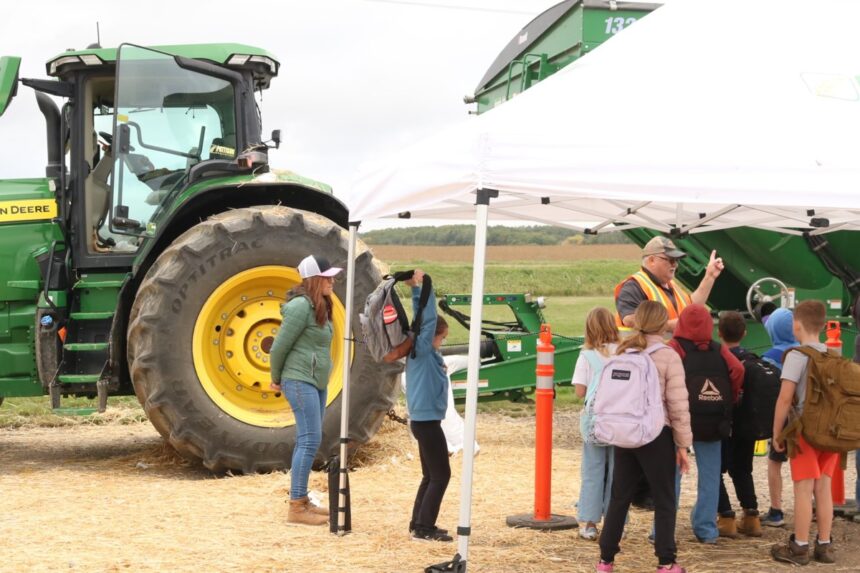The concrete corridors of Saskatchewan’s schools are being transformed into gateways to agricultural understanding through an innovative program that connects students with the origins of their food. The Food Farm Education Initiative, operating quietly but effectively across the province for several years, has been bridging the growing knowledge gap between field and plate—a divide that widens with each passing generation.
“Many children today believe food simply appears on grocery shelves,” explains Maria Deptuch, lead coordinator of the initiative. “When we ask where eggs come from, we still get answers like ‘the store’ rather than ‘chickens.’ This fundamental disconnect is what we’re addressing.”
The program takes a multi-faceted approach to agricultural literacy, bringing farm experiences directly into classrooms while also organizing field trips to working agricultural operations. What began as a modest effort in the Yorkton region has steadily expanded its footprint, now reaching thousands of students annually across Saskatchewan.
Data from the program reveals concerning trends about modern food knowledge. According to their pre-program surveys, approximately 65 percent of urban students aged 8-12 cannot correctly identify five common Saskatchewan-grown crops, while nearly 40 percent are unable to explain basic food processing steps for staples like wheat becoming bread.
“We’re not just teaching agriculture—we’re developing informed consumers,” notes Tyler Gabert, a participating farmer from the Melville area. “When young people understand the work, science, and care that goes into producing food, they develop both appreciation and critical thinking skills about our food systems.”
The initiative has caught the attention of educators well beyond its original scope. Provincial education officials have begun incorporating elements of the Food Farm curriculum into broader learning objectives, recognizing its value in connecting classroom learning with real-world applications. The program aligns particularly well with science and social studies standards, creating natural teaching opportunities across the curriculum.
What distinguishes this initiative from other agricultural education efforts is its hands-on approach. Rather than simply presenting information, students actively participate in age-appropriate agricultural activities—from planting seeds and understanding soil health to learning about technological innovations in farming.
“The moment when a student first understands that the fries they love come from potatoes grown underground, or that canola oil begins as tiny black seeds—those are powerful educational moments,” says Deptuch. “We’re creating connections that last far beyond the classroom.”
Financial support for the program has come from a combination of agricultural associations, government grants, and private sector partners with stakes in Canada’s agricultural future. However, funding remains an ongoing challenge as demand for the program continues to outpace available resources.
The initiative also addresses the agricultural industry’s ongoing challenge of workforce development. With the average age of Canadian farmers now exceeding 55, introducing young people to agricultural career possibilities has become increasingly urgent for the sector’s sustainability.
As urban populations continue to grow more distant from agricultural production, programs like the Food Farm Education Initiative serve as critical bridges to understanding. The question remains: in an era where technology increasingly separates us from our food sources, how will we ensure future generations maintain the knowledge and connection to understand where their food truly comes from?










